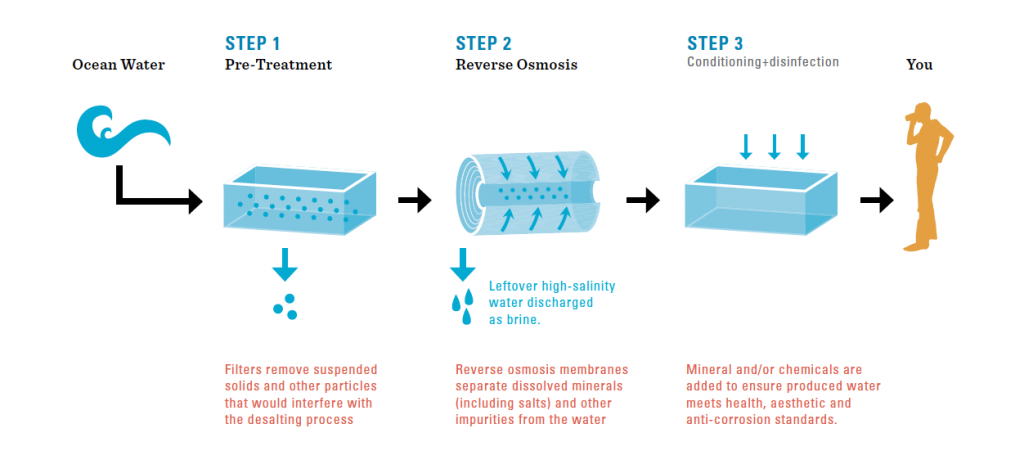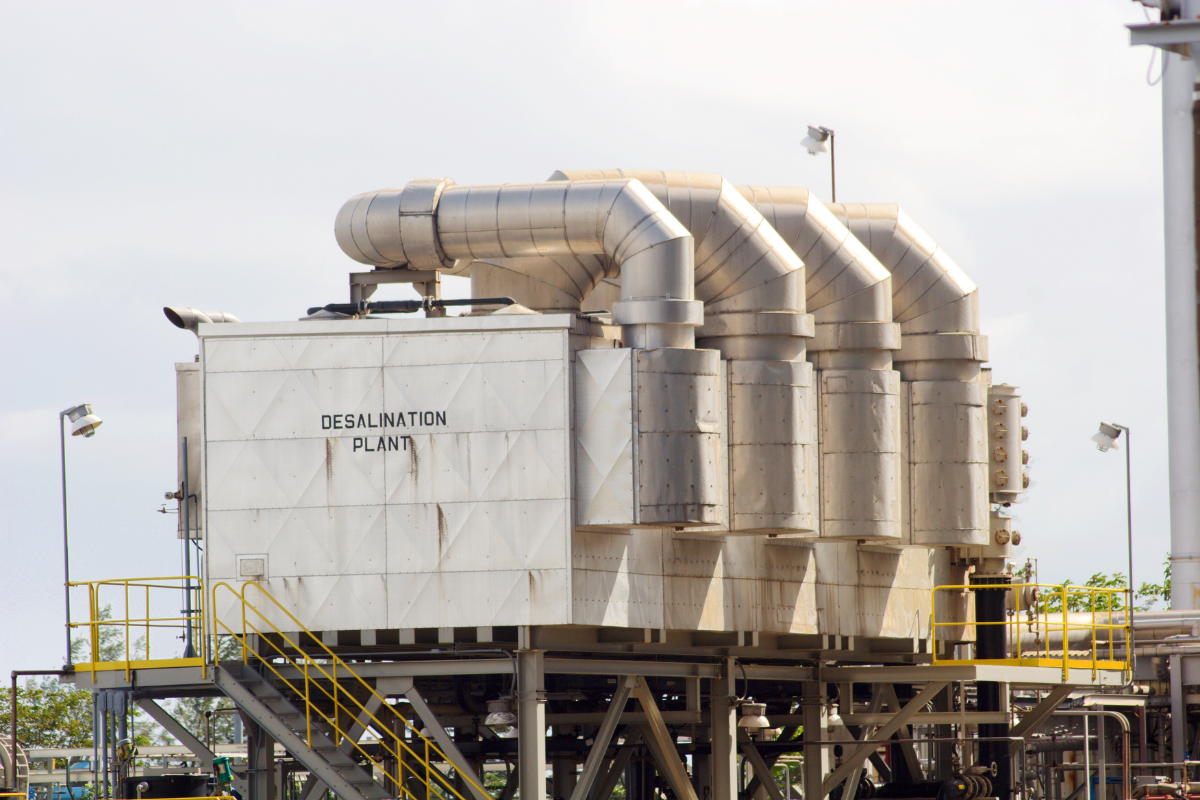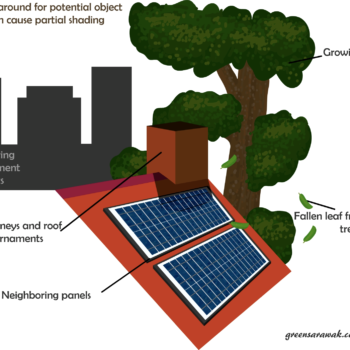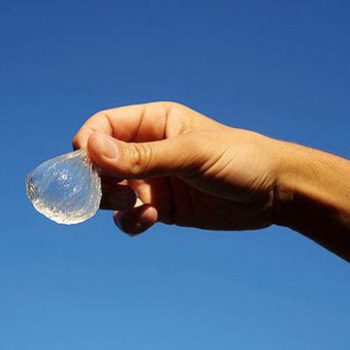|
|
A scientific process called desalination could help solve a looming water crisis.
With a higher demand for freshwater, a growing population will continue to pressure natural freshwater resources. Today, 1 in 9 people already lack access to safe water. If current water consumption trends persist, the demand for water will exceed supply by 40% in 2030.
Only 0.7% of Earth’s water is readily accessible as freshwater and 96.5% of it is saltwater. Through the process of desalination, scientists can turn saltwater into safe, drinking water. This process is either thermal-based (solar desalination) or membrane-based (reverse osmosis).
Why not implement desalination worldwide? There are environmental and economic challenges. For example, brine, the concentrated salt byproduct of desalination plants, is known to disrupt ocean ecosystems. But path to more sustainable alternatives exist.
If global water scarcity worsens, sustainable desalination plants can help provide fresh, potable water to vulnerable populations across the world.
Dig deeper → 2 min
How desalination works
The process of desalination takes salt and other minerals out of saline water. You can desalinate water through reverse osmosis or thermal desalination.
Thermal Desalination
Thermal desalination requires heat to remove salt from water by mimicking natural water processes: evaporating water to get pure vapor and condensing it to collect desalted liquid.
Up to 75% of water that goes in the system leaves as brine. Thermal desalination is not a preferred method. It requires a lot of heat and energy to reach the vaporization face, making it more expensive and less effective than reverse osmosis.
Reverse Osmosis (RO)
Reverse osmosis is the leading and most efficient desalination method- about 50% of seawater that goes into the system becomes potable water. The process of reverse osmosis follows these key steps:
- Intake structures extract water from the ocean
- Seawater is filtered using multimedia filters that remove large particles like seaweed and rocks
- Cartridge filters remove small solid particles like sand and clay
- High-pressure pumps pressurize water so that it can go through the reverse osmosis membranes
- Membranes leave salt molecules behind and allow desalinated water to pass through
- Desalted water is collected and treated
- The concentrated salt stream left behind shoots back to the ocean through a brine outfall

The case for desalination
Desalination is a particularly advantageous alternative freshwater source because of its reliability. It can provide a low-risk water supply that is not susceptible to natural disasters, drought, or depletion, unlike other water sources such as rivers, rainfall, or groundwater.
With 40% of the population living in coastal communities, desalination can provide a significant water supply at the local level. For instance, in Israel —a particularly dry country— around 55% of domestic water now comes from desalination. It is, therefore, an attractive option in the face of climate change and water scarcity.
Limitations of desalination
One of the biggest challenges right now? The environmental impact. Disposing brine is a challenge as it can disrupt marine life when it returns to the ocean.
To mitigate the negative effects brine has on marine ecosystems, it’s crucial to ensure that brine outfalls have strong currents and no sensitive marine ecosystems near them, or mixing brine with seawater to dilute it before returning it.
Some desalination plants have also been able to extract salt and use it for other purposes, such as de-icing roads. Brine can also contain harmful chemicals and metals that can damage the ecosystem. However, evaporation pools can be used to collect some of these metals like uranium found in brine and dispose of them safely.
Another limitation of RO desalination is its cost and how energy-intensive it is. To reduce environmental impact and emissions due to energy expenditure, RO facilities can be powered with renewable energy or an energy recovery pump can be used.
Energy recovery devices concentrate salt stream energy and use a booster pump to operate the reverse osmosis membrane. These devices also help reduce operating costs of these facilities, making desalinated water an attractive option compared to imported water.
Part of the solution to the water crisis
Desalination can provide a crucial water supply to communities affected by climate change and unreliable water supplies. That being said, it is not a sole solution to the water crisis. Rather, as a complement to the responsible use of traditional water sources.
Desalination remains an expensive and energy-intensive technology that can cause considerable environmental damage when applied without regulations. While there are ecological and economic challenges that come with applying these technologies, it poses an opportunity to provide a reliable water source when appropriately implemented.
For more posts on climate science like this, click here.













No Comments